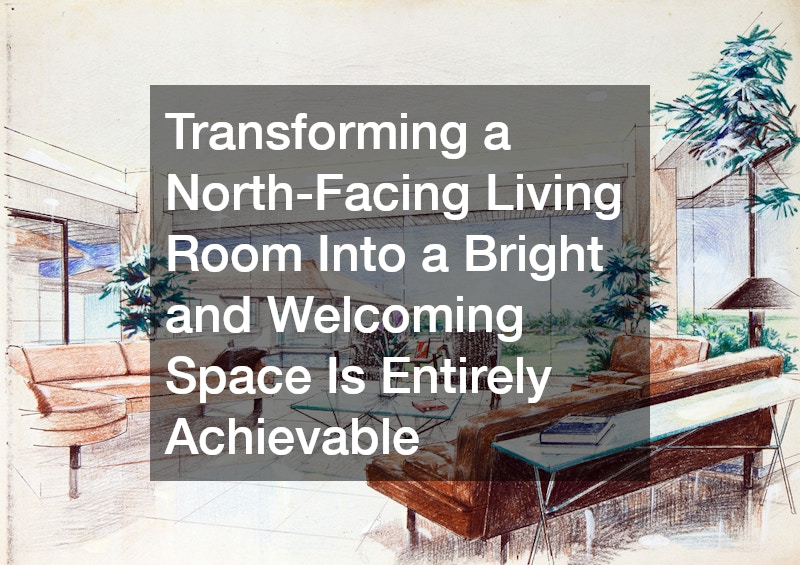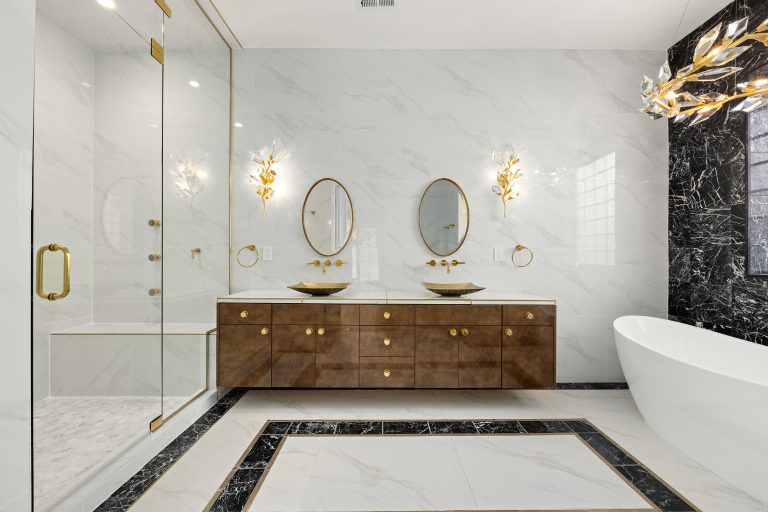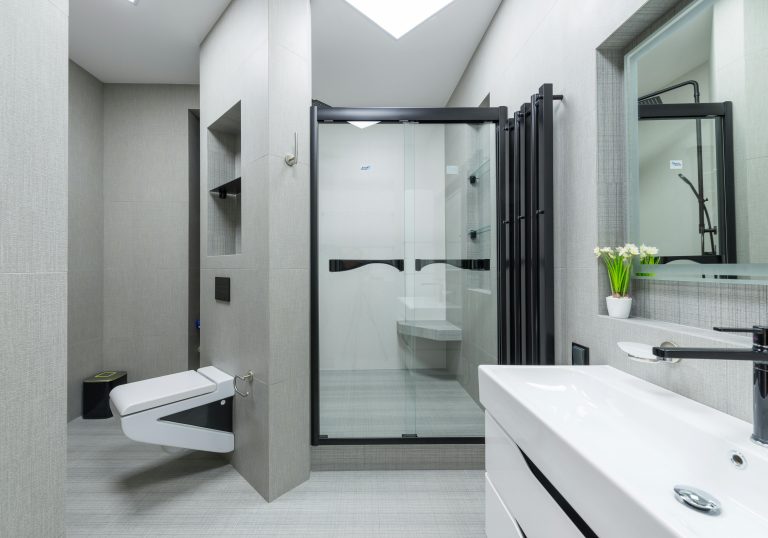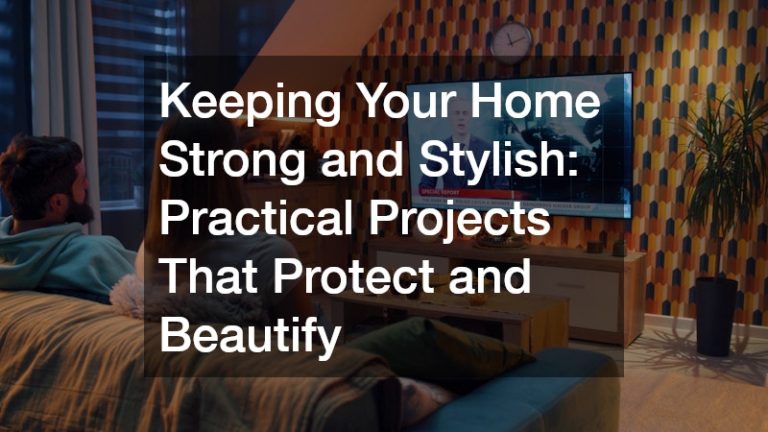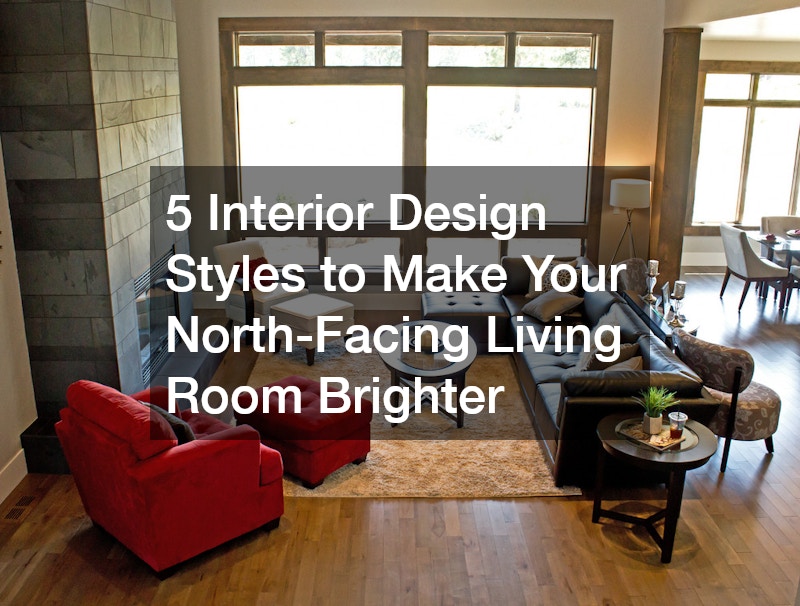

North-facing living rooms often present a unique challenge: limited natural light. Basically, north-facing rooms receive the least direct sunlight throughout the day, making them naturally darker compared to other orientations. Unlike south-facing rooms that bask in sunlight for most of the day or east and west-facing rooms that catch the morning or afternoon sun, north-facing rooms only get indirect light. This indirect light is typically softer and cooler, leading to a dimmer and sometimes colder feel.
However, with the right interior design approach, you can transform these spaces into bright, inviting areas that shine with style. Here are five interior design styles that not only maximize the available light but also create a warm and welcoming atmosphere.
1. Scandinavian Style: Embracing Minimalism and Light
Originating from Nordic countries, Scandinavian design is renowned for its ability to brighten up any space, particularly those with limited natural light. This style emphasizes simplicity, clean lines, and a light color palette. Characterized by light-colored walls, minimalistic furniture, and reflective surfaces, Scandinavian design maximizes the amount of natural light that bounces around the room. The use of natural materials like wood and wool adds warmth while maintaining an airy and open feel. Scandinavian interiors are timeless and versatile, offering a sense of ease that can make even the most shadowy room feel inviting.
2. Japanese Zen Style: Finding Serenity Through Simplicity
Inspired by Zen Buddhism, Japanese Zen design is perfect for creating a serene and peaceful living space. This style focuses on minimalism, natural materials, and a harmonious connection with nature. In a north-facing living room, Zen design utilizes diffused lighting to soften the shadows and create a tranquil ambiance. Neutral color palettes and natural materials like bamboo and stone contribute to a calming environment, helping to reduce stress and provide a retreat from the busy world outside. Zen-inspired interiors often feature low-profile furniture and unobtrusive décor, allowing the subtle beauty of simplicity to shine.
3. Minimalist Design: Clarity Through Clean Lines
Minimalist design is characterized by its clean lines, uncluttered spaces, and focus on essential elements. This style works exceptionally well in north-facing rooms by using the available light as a focal point. By eliminating excess clutter and sticking to a limited color palette, minimalist design helps to create a calm and organized atmosphere. The emphasis on simplicity allows light to flow unobstructed through the space, enhancing the room’s brightness. Minimalist interiors often include smart storage solutions and functional furniture that contribute to an overall sense of clarity and order.
4. Biophilic Design: Bringing the Outdoors Inside
Biophilic design integrates elements of nature into the living space, which can be especially beneficial for north-facing rooms. With plants, natural materials, and organic shapes in perfect harmony, biophilic design helps to infuse the room with a sense of vitality and brightness. Plants not only improve air quality but also add a touch of green that can liven up a dim space. Natural materials like wood and stone create a warm and inviting atmosphere, while organic shapes and textures contribute to a soothing environment. A flat roof lantern is another striking feature of a biophilic interior, allowing a significant amount of natural light to flood the space and creating a direct connection with the outdoors. This, in turn, enhances well-being and creates a more harmonious living space.
5. Bohemian Style: Infusing Warmth and Character
Bohemian style, with its eclectic mix of vibrant colors, patterns, and textures, offers a way to brighten up a north-facing living room by adding warmth and personality. Originating from countercultural movements of the 1960s and 1970s, this style is known for its free-spirited and laid-back aesthetic. In a room with limited natural light, the use of warm, rich colors and layered textiles can compensate for the lack of sunlight. Ambient lighting, such as string lights or lanterns, adds a cozy glow that makes the space feel more inviting. Bohemian design promotes personal expression and creativity, allowing you to create a unique and character-filled environment.
Final Thoughts
Transforming a north-facing living room into a bright and welcoming space is entirely achievable with the right interior design approach. Whether you prefer the clean simplicity of Scandinavian design, the serene minimalism of Japanese Zen, the clarity of minimalist interiors, the natural vitality of biophilic design, or the vibrant warmth of Bohemian style, each of these design philosophies offers a unique way to enhance your living space. By thoughtfully selecting furniture, color palettes, and lighting, you can create an environment that not only makes the most of available light but also reflects your personal style.
.
